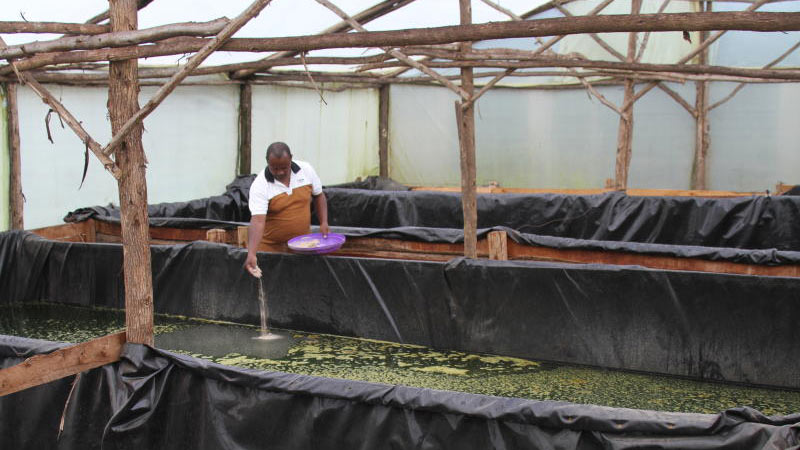×
The Standard e-Paper
Kenya’s Boldest Voice

Farming was Nathan Irungu’s childhood dream, his efforts to implement the idea was however frustrated by lack of land.
Today, the former primary school teacher at Mercy Njeri Estates, outskirts of Nakuru town is among leading fish producers in the area thanks to raised fish pond technology.